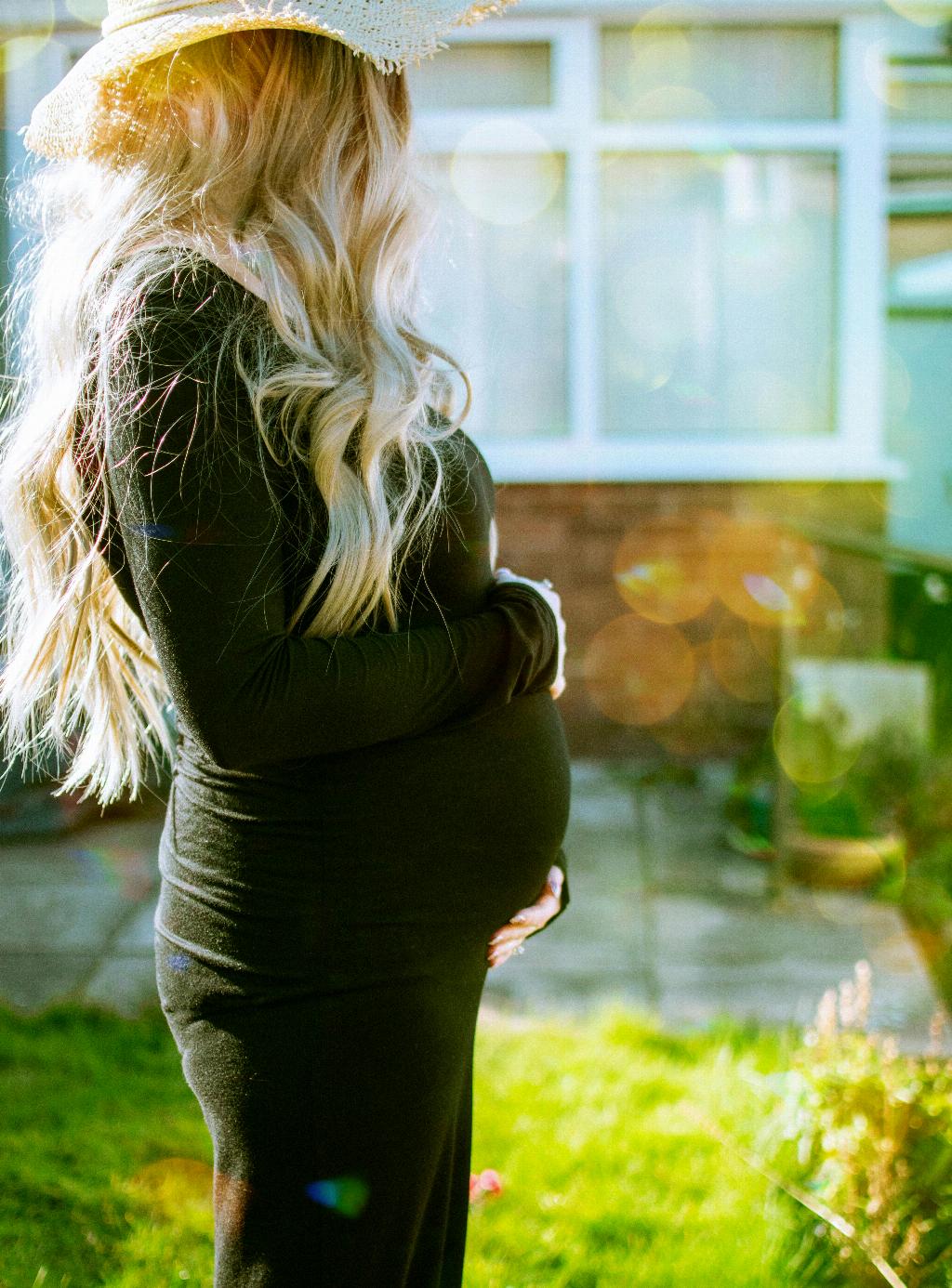When it comes to maintaining a healthy diet during pregnancy, one often faces the dilemma of finding the right balance between essential nutrients and potential risks. One common concern is the mercury content in fish and how it can affect the health of both the mother and the developing baby. However, not all fish are high in mercury, and some varieties are considered safe for consumption during pregnancy.
Understanding the Risks of Mercury in Fish
Mercury is a toxic metal that can accumulate in fish due to environmental contamination. High levels of mercury can be harmful, especially during pregnancy, as it may affect the baby’s developing brain and nervous system. Hence, it is crucial for expectant mothers to choose fish that are low in mercury to ensure a healthy pregnancy and minimize potential risks.
Safe Options for Low-Mercury Fish
Among the various types of fish available, there are several options that are considered low in mercury and safe for consumption during pregnancy. Some of these include oysters, salmon (wild and Alaska, canned or fresh), sardines, scallops, shrimp, squid, and tilapia. These varieties are not only rich in essential nutrients but also have lower mercury levels compared to other fish.
Benefits of Including Low-Mercury Fish in Your Diet
By choosing low-mercury fish as part of your diet during pregnancy, you can still enjoy the benefits of seafood without the potential risks associated with high mercury levels. Fish like salmon and sardines are excellent sources of omega-3 fatty acids, which are essential for the baby’s brain development and overall health.
Recommended Consumption Guidelines
It is important to note that while low-mercury fish are considered safe for consumption during pregnancy, it is essential to moderate your intake to avoid exceeding recommended limits. A 132-pound woman can safely eat up to 36 ounces per week, while a 44-pound child can safely consume up to 18 ounces of these low-mercury fish varieties.
Preparing Low-Mercury Fish Safely
When preparing low-mercury fish during pregnancy, it is advisable to cook them thoroughly to kill any potential bacteria or parasites that may be present. Grilling, baking, or steaming are healthier cooking methods that can preserve the nutritional value of the fish while ensuring its safety for consumption.
Alternatives to Consider
If you are unsure about including fish in your diet during pregnancy, there are alternative sources of omega-3 fatty acids that you can explore. Plant-based options like chia seeds, flaxseeds, and walnuts are rich in alpha-linolenic acid (ALA), which can be converted into essential omega-3 fatty acids by the body.
Consulting Your Healthcare Provider
It is always recommended to consult with your healthcare provider or a registered dietitian before making any significant changes to your diet during pregnancy. They can provide personalized advice based on your individual health needs and help you make informed decisions about including low-mercury fish in your meals.
Final Thoughts
In conclusion, choosing low-mercury fish for pregnancy is a safe and nutritious way to enjoy the benefits of seafood while minimizing potential risks to you and your baby. By selecting options like salmon, sardines, and tilapia, you can ensure a well-rounded diet that supports your baby’s growth and development during this crucial time. Remember to enjoy these nutrient-rich foods in moderation and consult your healthcare provider for personalized guidance.

